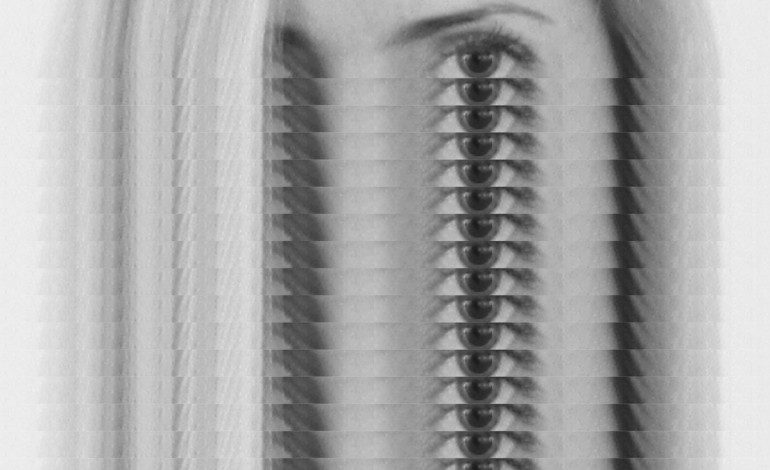

Delighted Again and Again
Maybe it’s only repetition, an endless stream of dots and loops, bass and bass and bass and bass, again and again. But, if the repetition is of something beloved, does it bleed out its obnoxiousness? The electronic genre has always tested the limits of repetition, and often to great success, as EDC will have you know. Thousands flock regularly to hear stunning variations of the same songs if only because they are so pleasant. Ellen Allien tests the boundaries of repetition on the intriguing Nost, often pushing the repetitive structure of songs to the breaking point, but never quite crossing the threshold into the unlistenable.
The first song of the album, “Mind Journey,” is an exciting exercise in repetition that relies largely on its looped vocals and bass hum to generate an engaging musical spectacle that may veer into the overlong territory. Luckily the loops that comprise this track are soothing but danceable and contain a certain level of detail that will keep listeners glued to their headphones, ears straining to hear each individual note. The next standout is the extremely danceable “Jack My Ass,” which sounds exactly like hearing music on the wrong end of a club, distant and muffled but begging us to come closer. The song would be at home on any dance floor and may even be appreciated in some of the stranger stages at festival lineups. The repetition builds in layers — which does keep it from becoming uninteresting — but it is barely able to keep the listener active for the track’s entirety despite the exciting use of static wash and unique synth work. The follow-up to this song, “Call Me,” is equally interesting. Its creative use of repetition continues the trend, while hearkening back to the opener by including moments of vocals, helping to break up the loops.
However, it is at this point on the album where its main flaw becomes apparent: it cannot hold the attention of the casual listener. The loops typically do not build enough; this is not the repetition of house music or even of experimental artists like Blanck Mass, but is rather somewhere between the soundscape of club music and something one might hear from Clark — but far less dynamic. The album does manage to salvage itself on its closer, which features distant spoken vocals and a dreamy atmospheric backbone. This track is in fact so impressive that it forces the listener to wish that all of Nost would have been so ambient. Yet, when put together, the album is much more than the sum of its parts.
Hearing the same thing over and over again has sometimes been a lesson in patience. Nost rides the line — even the album cover features the use of a repetitive structure — and is well off for it. While there may be dull moments that are not consistent with the overall feel of the album or simply plod on for far too long, there are many more instances where the loops astonish the audience with their creativity and simplicity. The imaginative approach to loops and various genres of electronic music make this a must-listen for any fan of the genre, but it may be best left out of the hands of beginners who are looking for a more relatable structure.
